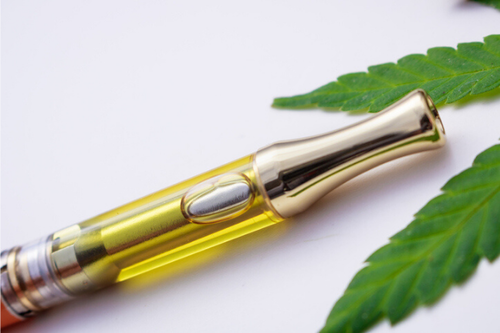
New University of Minnesota research shows fewer high school seniors in the U.S. are smoking marijuana. However, vaping and edible marijuana use are increasing.
The study, published in JAMA Pediatrics, examined data collected from 12th grade students between 2015 and 2018 as part of the Monitoring the Future study — a National Institute on Drug Abuse survey that, among other items, measures drug and alcohol use among adolescent students.
“Overall, the use of marijuana by this age group has remained steady, with about a third of students surveyed saying they’ve used marijuana in the past year,” said Megan Patrick, a research professor with the Institute for Translational Research in Children’s Mental Health and Institute of Child Development. “However, what we’re finding is that the ways in which the drug is being consumed are changing, and differed among certain groups of students.”
Among the findings, the researchers found that for students who reported using marijuana in the past year:
- smoking decreased from nearly 95% of students in 2015 to 89% of students in 2018;
- edible use increased from 32% in 2015 to nearly 40% in 2018;
- vaping increased from 26% in 2015 to 34% in 2018.
Respondents also reported dabbing and drinking marijuana in 2018. In addition, the vast majority of users who consumed noncombustible forms of marijuana also smoked marijuana.
Demographics also showed differences in how marijuana was consumed by adolescents, with researchers finding:
- boys more likely than girls to vape and eat the drug;
- whites having greater odds than Hispanics of smoking, greater odds than African Americans of vaping and eating, and lower odds than Asian Americans of eating marijuana;
- compared to students in rural areas, students in urban areas had greater odds of eating and vaping, and those in suburban areas had greater odds of eating marijuana.
“In states across the U.S., we’ve seen the legal status of marijuana change,” said Patrick, whose expertise surrounds the development and consequences of adolescent and young adult risk behaviors. “It is important that we continue to monitor how youth behaviors change in response to that, especially with the growing evidence that adolescent marijuana use has developmental consequences.”
This study was funded by support from the National Institute on Drug Abuse.
- Categories:
- Health





